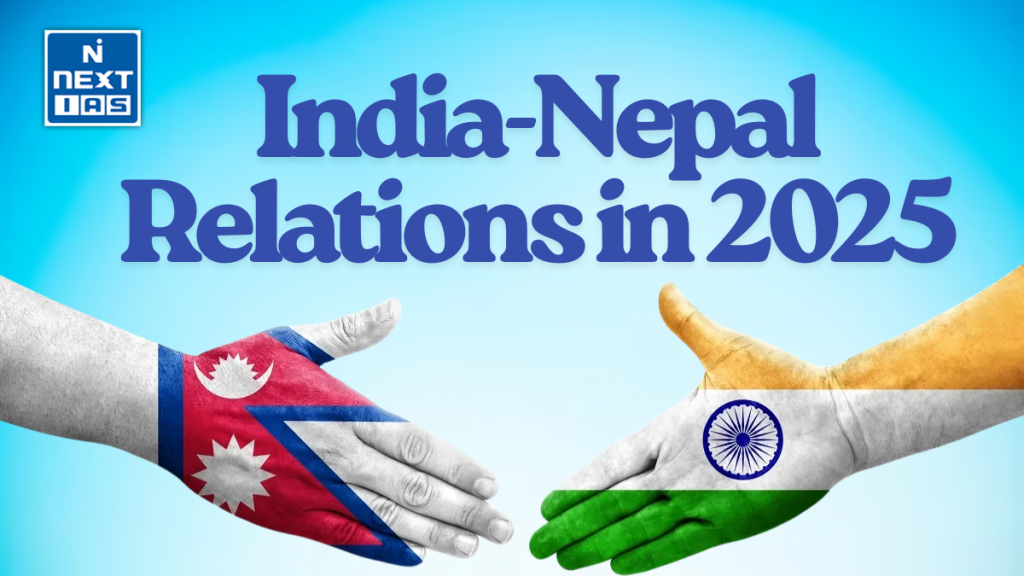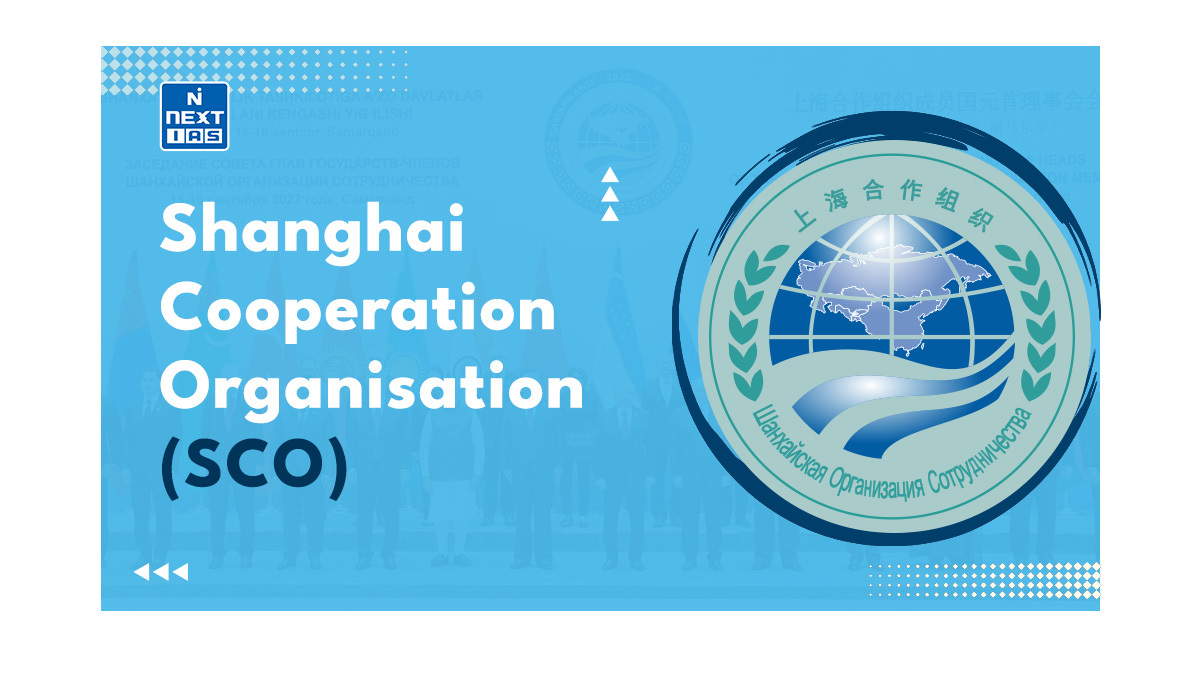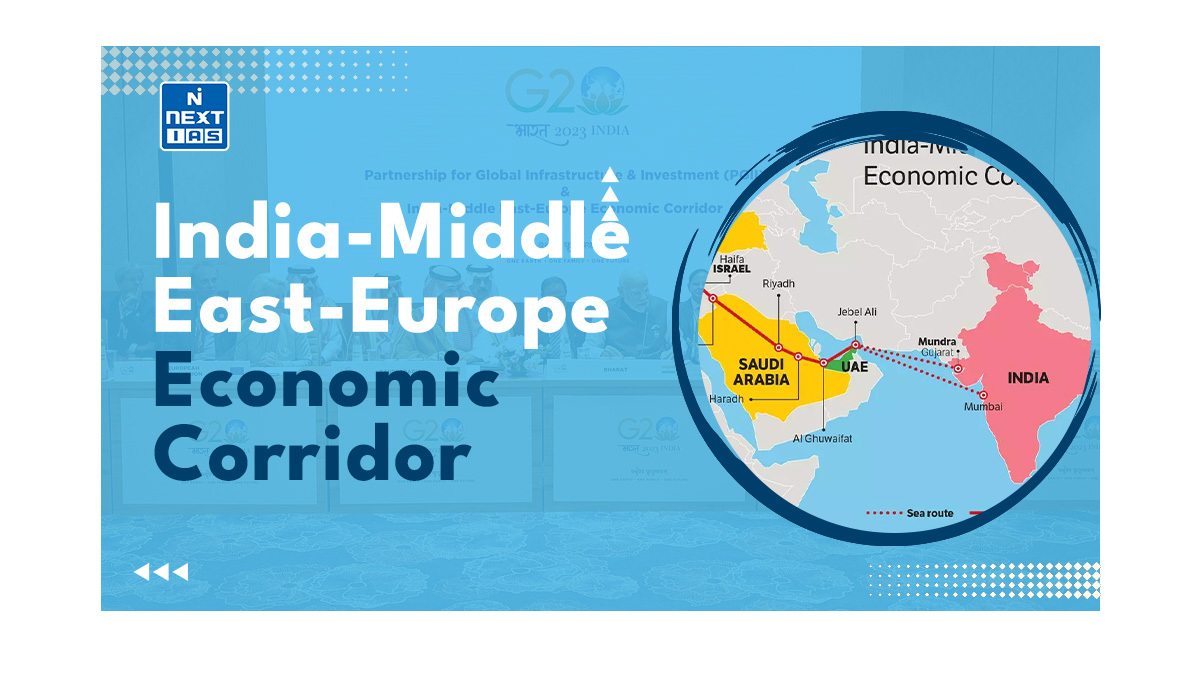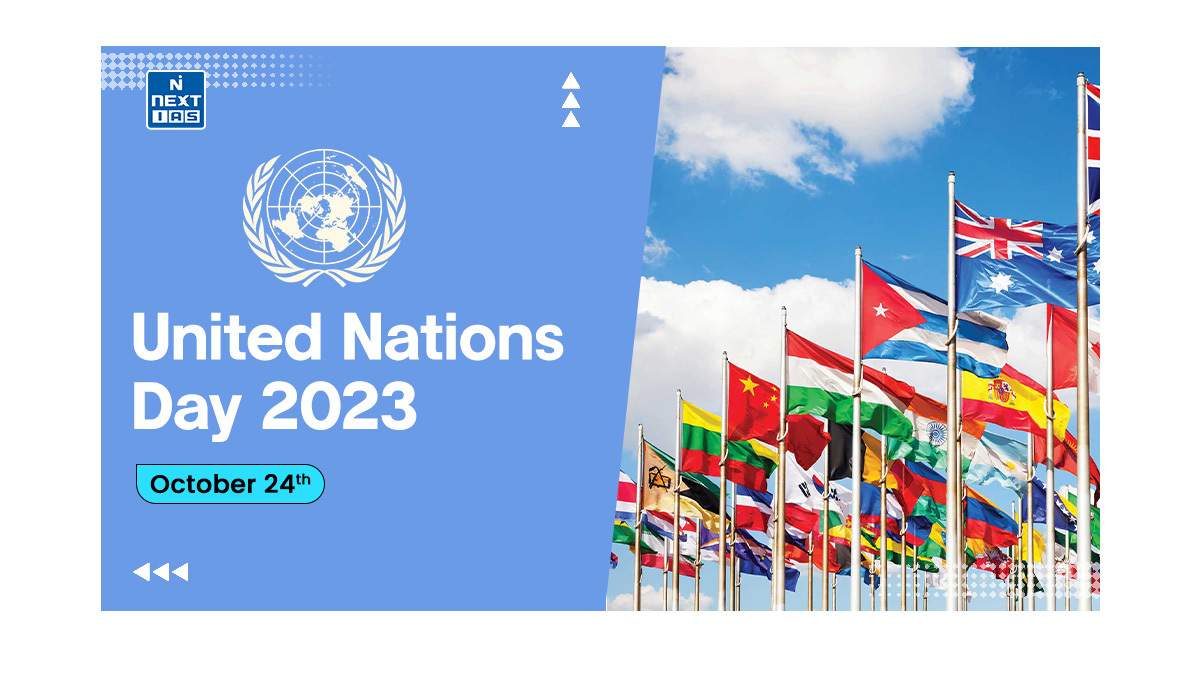
India and Nepal have an ancient civilization with mutually complementary cultures, philosophies, and values, all working with an open border and the Peace and Friendship Treaty that was signed in 1950. In 2025, their relationship is weighed down by strategic cooperation in unfavourable political situations across the region, dealing with trade, security infrastructure, and balanced diplomacy.
Overview of Historic India-Nepal Relations
- India and Nepal share a historic relationship based on cultural, religious, and economic ties going back centuries.
- The Treaty of Peace and Friendship, signed in 1950, established a special bond between the two countries allowing free movement of people and goods, and cooperation in defense and trade.
- This treaty has been the driving force behind close cooperation between the two countries wherein India supports Nepal in its development and security.
- Some tensions arise from time to time-principally with regard to border issues and Nepalese engagement with China.
- But, through it all, the two countries have maintained strong people-to-people connections along with strategic partnerships.
- The shared heritage, open border, and mutual backing will still keep alive their unique bilateral relationship that is continuing to evolve with regional challenges.
- This remains vital for keeping peace, stability, and prosperity in South Asia.
Political Unrest in Nepal
- The political unrest of 2025 in Nepal has deeply mushroomed the India-Nepal relationship.
- The nationwide protests escalated into violent clashes with enraged youths frustrated and disgruntled, typically against corruption, unemployment, and suppression of dissent, leading finally to the resignation of the incumbent Prime Minister of Nepal, unzip the countrywide elections.
- Such instability threatens internal security in India, given the shared unguarded border: there is an increase in cross-border crimes and smuggling.
- It also disrupts the bilateral trade and investment wherein Indian supplies face some uncertainties, creating a space for China to advance its interests, including through the Belt and Road.
- This slowdown will negatively affect development schemes and hydropower collaboration between India and Nepal, in turn hurting regional energy objectives.
- With political instability causing a break in institutional continuity, defence and security cooperation has more strained.
- India watches the situation with great importance and considers Nepal’s peace and stability equally crucial.
- The disturbing situation is just a symptom of overall fragility in South Asia. This pressures India to engage sensitively and strategically to ensure an equilibrium, equitable partnership with Nepal.
Economic Cooperation
- As of 2025, India is one of Nepal’s most important trade partners, with over 64 percent of income coming from foreign trade in the partner country.
- The bilateral trade is more than $7 billion annually, with India supplying to Nepal petroleum products, means of iron, steel, machinery, vehicles, and pharmaceuticals.
- Nepal exports refined palm oil, cardamom, carpets, and iron products to India, but there is increasing attention on electricity exports due to hydropower collaboration.
- Though the trade deficit is huge for Nepal, this is an economic deepening with ongoing infrastructure projects, connectivity projects, and Indian investments.
- With a growing hydropower sector aided by India, Nepal has ventured into regional exports of electricity, bringing new avenues for economic cooperation.
- While political instability threatens the partnership, it has yet to put it off the track of great economic importance.
- Further trade facilitation, development aid, and energy cooperation shall continue to bind greater societies and distances of regional integration around the two neighbors in 2025.
Strategic and Security Cooperation
- As of 2025, strategic and security cooperation between India and Nepal has gained further momentum despite Nepal’s political chaos, with mutual interest in border management, illicit trafficking, and open and secure borders.
- Coordination meetings at very high levels between the Indian and Nepali security forces enhance cross-border security and the hassle-free movement of citizens.
- Both countries act jointly against drug trafficking and transnational crimes.
- The Strategic Dialogue between India and Nepal also highlights the dimension of resilience through cooperation in defense, infrastructure, and digital innovation.
- Issues of common concern relating to security threats, terrorism, and regional stability stand in the central position.
- Energy cooperation, hydropower projects, and trade connectivity are also vital components of the strategic partnership, fortifying further mutually beneficial economic and security interests.
- The open border is an invaluable asset and is increasingly given consideration from the viewpoint of modern, secure governance.
- This evolving cooperation is in line with India’s “Neighbourhood First” policy and keeps Nepal firmly pursuing sustainable development and enhanced security, ensuring a balanced, win-win partnership amidst regional complexities.
Connectivity and Development Partnerships
- India-Nepal connectivity has developed considerably by 2025, with major attention on infrastructure, transport, and energy cooperation.
- Some major projects include cross-border railway links such as Jaynagar-Bijalpura-Bardibas and Jogbani-Biratnagar developed for improving trade and transportation.
- Integrated Check Posts (ICPs) at Birgunj, Biratnagar, Nepalgunj, Bhairahawa, and Dodhara Chandani for border trade and security.
- India continues its support to road networks such as Hulaki/Terai Road to enhance regional connectivity.
- Energy cooperation is vital for Nepal, with the regulation of hydropower development with Arun-3 hydroelectric project and large-scale cross-border electricity trading improving the energy security of Nepal.
- Recent agreements on developing power transmission lines at 400 kV between the two countries would further deepen energy relations.
- Meanwhile, India contributes to socio-economic growth promotion through High Impact Community Development Projects (HICDPs) for health, education, and cultural infrastructure development.
- Such partnerships symbolize a comprehensive mechanism to address Nepal’s pressing development issues while simultaneously fortifying bilateral ties against the backdrop of current political challenges and regional dynamics.
- This multi-sectoral collaboration underscores mutual commitment to sustainable progress and regional stability.
Challenges and Divergences
- Given the shared history and cooperation, the India-Nepal relations in 2025 confront a plethora of challenges and divergences.
- Border disputes remain the key issue, especially over Kalapani, Lipulekh, and Limpiyadhura.
- The disputes arise from differences in interpretation of historical treaties and administrative boundaries.
- Political unrest and protests in Nepal during 2025 have quite exacerbated the situation, straining border security and bilateral trust.
- An open India-Nepal border serves to promote much cultural and economic uplift but has, over the years, posed severe security threats of smuggling, infiltration, and other related crimes.
- Nepal’s deepening engagement with China, including participation in the Belt and Road Initiative, further augments strategic divergences, complicating India’s regional sway.
- The calls within Nepal to review the Treaty of Peace and Friendship of 1950 also pose a challenge to the long-established bilateral framework.
- These issues warrant heightened dialogue and cooperation so that further symptoms do not develop to put unstable and bilateral relations on unstable grounds. Strengthening joint border management and addressing external pressure are essential to facing these challenges.
Way Forward
Dialogue shall be strengthened in order to resolve the border dispute, fast-track key connectivity and development projects, develop opportunities in security cooperation, deepen economic and cultural ties, and act as a balancing force to external influences so that they may develop into a resilient and mutually beneficial partnership grounded upon trust and shared interests.
Conclusion
In 2025, India-Nepal relations remain firmly rooted in shared history and strong cultural bonds. Despite political instability and border issues, both countries seek equal priority to strategic cooperation on trade and security, stability in a mutually beneficial partnership, and regional peace and growth amid external pressures.
GS - 2




